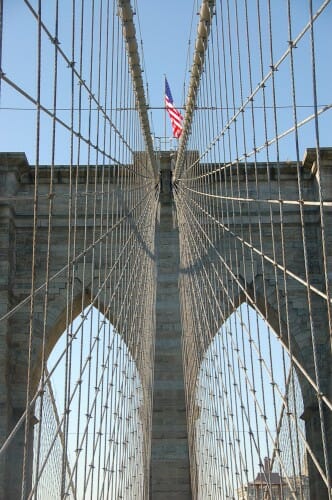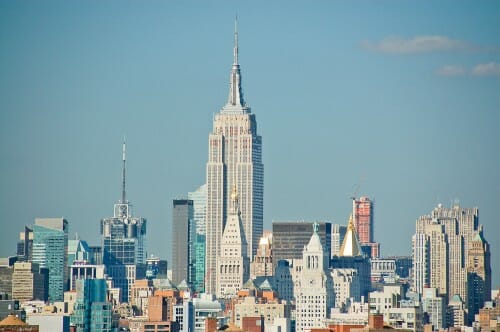From my point of view, the NY Times buried the lede in this story about installation of parking sensors on San Francisco streets. The article focuses mainly on the ability of drivers at some time in the future to get locations of empty parking spots on the streets via smartphone or possibly their GPS. But I thought the pricing changes they were facilitating were more interesting:
SFpark, part of a nearly two-year $95.5 million program intended to
clear the city's arteries, will also make it possible for the city to
adjust parking times and prices. For example, parking times could be
lengthened in the evening to allow for longer visits to restaurants.
The
city's planners want to ensure that at any time, on-street parking is
no more than 85 percent occupied. This strategy is based on research by
Mr. Shoup, who has estimated that drivers searching for curbside
parking are responsible for as much of 30 percent of the traffic in
central business districts.
In one small Los Angeles business
district that he studied over the course of a year, cars cruising for
parking created the equivalent of 38 trips around the world, burning
47,000 gallons of gasoline and producing 730 tons of carbon dioxide.
To
install the market-priced parking system, San Francisco has used a
system devised by Streetline, a small technology company that has
adapted a wireless sensor technology known as "smart dust" that was
pioneered by researchers at the University of California, Berkeley.
It
gives city parking officials up-to-date information on whether parking
spots are occupied or vacant. The embedded sensors will also be used to
relay congestion information to city planners by monitoring the speed
of traffic flowing on city streets. The heart of the system is a
wirelessly connected sensor embedded in a 4-inch-by-4-inch piece of
plastic glued to the pavement adjacent to each parking space.
The
device, called a "bump," is battery operated and intended to last for
five and 10 years without service. From the street the bumps form a
mesh of wireless Internet signals that funnel data to parking meters on
to a central management office near the San Francisco city hall.
This is actually really cool, but my guess is that politicians will not have the will to charge the level of peak prices the system may demand.
Postscript: As many of you know, there is a new wave of urban planners who want to impose dense urban living on all of us, whether we like it or not. I have no problem with folks who want to fight the masses and live in downtown SF or Manhattan, but the world should also have a place for the majority of us who like to have an acre of land and a bit less congestion.
Anyway, in singing the praises of the urban lifestyle (which often is as much an aesthetic preference vs. suburbia as anything else), you seldom hear much about this type of thing:
Solving the parking mess takes on special significance in San Francisco
because two years ago a 19-year-old, Boris Albinder, was stabbed to
death during a fight over a parking space....
The study also said that drivers searching for metered parking in just
a 15-block area of Columbus Avenue on Manhattan's Upper West Side drove
366,000 miles[!!] a year.
And here we suburbanites are complaining when we have to park more than 5 spaces from the door of the supermarket.

